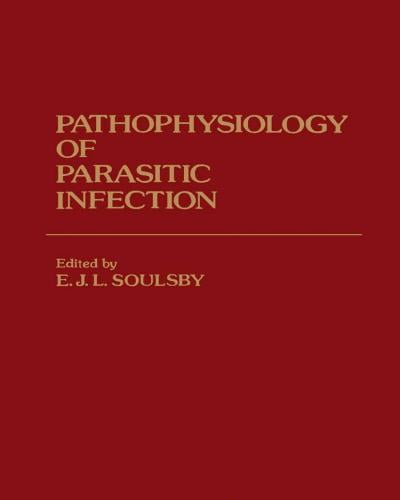Pathophysiology of Parasitic Infection, Advanced changes in cells, tissues, and organs are the characteristic responses we expect following parasitic infections, and observations of such have contributed greatly to our knowledge of the parasitic process.
Pathophysiology of Parasitic Infection

These end results are the summation of a multitude of processes, often quantitative in nature, which lead to qualitative changes. It is only in the last decade or so that parasitic disease has been related to abnormal or altered biological processes which are finally expressed as the qualitative manifestations that represent the classical pathology of parasitic infections.
This symposium identifies some of the areas that have received intensive study. In almost all cases, it is obvious that the full implication of the disease process may be missed without the application of modern, sophisticated techniques of measurement. When these are applied, a dynamic process is revealed, the outcome of which may or may not be expressed as overt disease. Furthermore, the overt expression may be contrary to expectations, as for example in the case of gastrointestinal parasitism of ruminants. Here, despite morphological and physiological changes in the parasitized intestine, compensatory mechanisms operate to an extent such that malabsorption is not a major factor even in the most heavily parasitized animal. In sheep, for example, the effects of parasitism are
expressed by the reduced incorporation of protein precursors into muscle and the like, rather than by malabsorpion.
Studies of plasma protein metabolism have shown a dynamic state of synthesis and catabolism, resulting in an apparent normal balance, but which on investigation proves to be of great liability to a parasitized host should it have greater than usual demands placed on it. A similar situation exists with the anemias of parasitism. The etiology of parasite induced anemias is by no means simplistic, as we shall see in these proceedings, and undoubtedly we need much more study of the mechanisms that lead to and control this manifestation of parasitism, which is possibly the oldest and most widely recognized clinical sign of parasitic infection.
Password: pdflibrary.net
